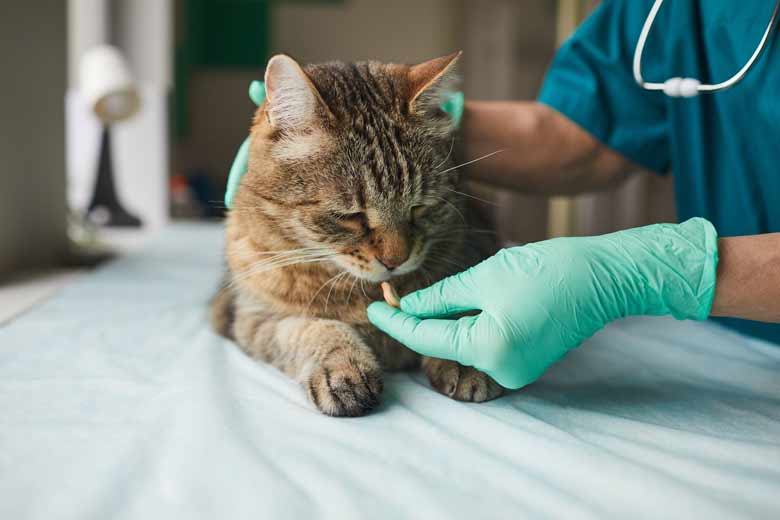
Cardiac disease is a broad term to describe any disease condition affecting the heart. Many different conditions exist, ranging from mild to severe. Many cases progress from mild to severe. Cardiac disease can be congenital – meaning your pet was born with the condition, or acquired – meaning they develop the condition later in life.
Signs Of Cardiac Disease
The signs seen with cardiac disease are the same for most conditions because they are the result of the heart not performing as well as it should. Often your veterinarian will diagnose a problem with your pet’s heart because they have heard either a change in rhythm, or a ‘heart murmur’ when listening to the heart with a stethoscope.
A heart murmur is when the heart sound has changed from its usual “da-dum, da-dum” to more of a “whoosh whoosh”. The vet may also point out other signs to you such as bluish coloring of the gums or swelling especially of the abdomen. Signs that you may have noticed include:
- coughing, especially at night and when lying down
- shortness of breath or increased effort to breathe, especially when exercising
- exercise intolerance, weakness or lethargy
- fainting
- weight loss
Diagnosis Of The Type Of Cardiac Disease
As the different conditions of the heart all appear very similar, it is important to diagnose the actual problem in your pet. To do this we will make a booking to admit your pet for a day and perform some or all of the following tests; radiographs (x-rays), ultrasound examination, electrocardiogram tracing (E.C.G.), and blood tests. Usually a general anaesthetic is not required, but sometimes sedation is required so that the pet lies still for the various tests.
Treatment Of Cardiac Disease
Some conditions causing cardiac disease can be treated surgically, but most are treated medically. Medical treatment is lifelong and aims to reduce the work load on the heart and improve your pets quality of life. Many conditions will progress so monitoring both at home and here at the clinic will be needed to ensure optimal treatment is maintained. This monitoring involves physical examinations and sometimes requires tests to be repeated periodically.